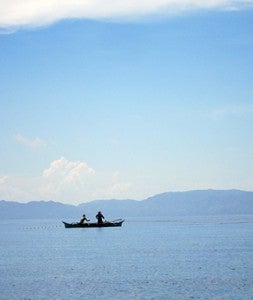 By Sarah Poon
By Sarah Poon
Territorial Use Rights for Fishing, or TURFs, have been in place for centuries in fishing communities around the world. In a TURF, fishery participants have a secure, exclusive privilege to fish in a defined area. Many fishery policy experts view TURFs and catch share programs as separate options for managing fisheries. TURFs are a type of catch share, since the area-based privileges assigned under a TURF provide the same rewards for stewardship as quota-based privileges.
In recent decades fishery managers have channeled the historical successes of this approach by formally recognizing customary TURFs, applying them to more fisheries and experimenting with modern adaptations.
Community-based territorial rights that have existed for centuries are now formally recognized by national law in Fiji, Vanuatu, Papua New Guinea, Samoa, the Solomon Islands and Palau. Empowered by national law promoting traditional community-based management, the Safata District of Samoa implemented a district-wide TURF in 2000. Bylaws developed by the community manage members’ fishing efforts and limit outsiders’ access. Safata’s leaders have further improved biological performance by establishing a network of no-take reserves. With a formalized role in management, the district has received strong community support, high regulatory compliance and increased abundance for important species.
TURF systems have been used in different types of fisheries, but they are particularly well-suited for managing near shore fisheries where there is a clear spatial range of fishing activity. While these systems are ideal for less mobile species that don’t move beyond TURF boundaries, they can also be designed for more mobile species. Read More









